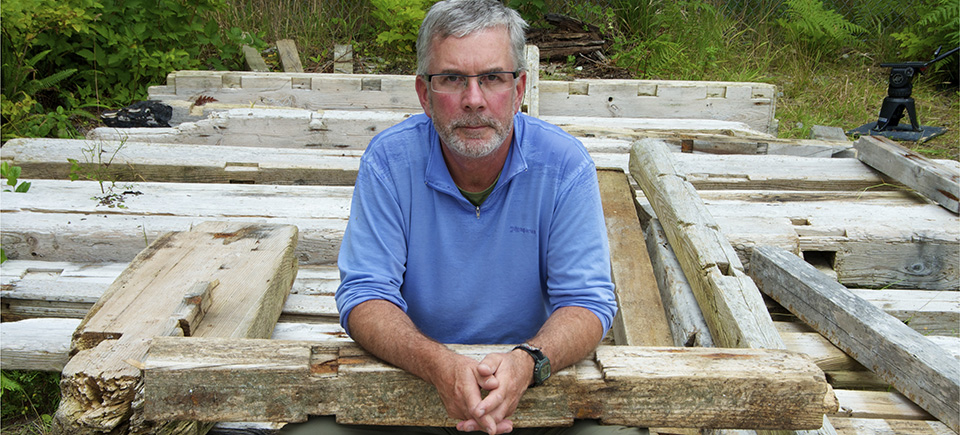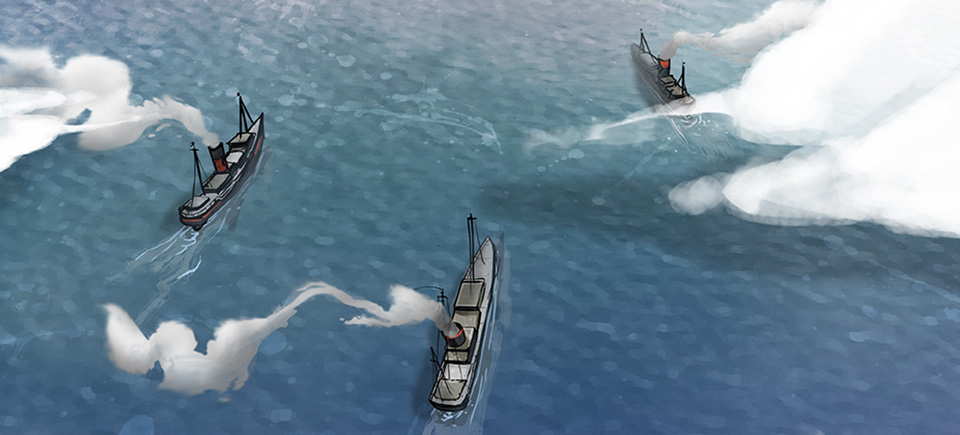In June 2010, the NFB returned to Fogo Island to celebrate the opening of a new e-cinema and to establish an artist-in-residency program on the island. In addition, we also led some media literacy workshops for the island’s youth. This post was written by Ashley DeMartini, one of the people who led these workshops.
***
I arrived in Fogo Island from Toronto on May 24th with my colleague Kris Alexander as part of a collaboration between the Shorefast Foundation and the National Film Board of Canada. Our goal was to facilitate media literacy workshops on the Island by offering courses to people of all ages but focusing mainly on kids between the ages of 7 and 14. We planned workshops centered around digital storytelling, stop motion animation, and the art of telling an effective story.
By the end of the first day, Kris and I were swept away by the support and enthusiasm that came from the teachers and staff at the Fogo Island Central Academy (FICA). Both students and teachers engaged in the animation process. Students were shown how to operate iStopMotion (animation software for Macs) and quickly developed an understanding of the important role that timing and patience play in the animation process.
By the second day, word had spread throughout the school about the workshops, several students in the senior grades began showing up in their spare time to watch their classmates animate and share some of their own productions, made at home.
On the third and fourth day we introduced the students to our Digital Storytelling workshop. This workshop is designed to teach participants how to tell a story using a single photograph or series of photographs. The students learned not only the fundamentals of good storytelling but also the social and emotional impact their stories can have.
In these workshops, we asked participants to bring photos from home that would help them tell a personal story about their lives. Our objective was to encourage the students to develop an understanding of their unique perspective. We made the point that their stories can be told best by them as only they can draw upon the emotions and sensations of their unique experiences.
We also discussed the role of storytelling in these short films and how the narrator must be able to weave together the story using the still photos. Again, in this workshop we explored the structure of a story and had students lay out their photos alongside their written scripts. With the participants at FICA, we asked them to tell us about school life and life on the island. Many students brought in photos of the various animals that make appearances around the area: caribou, seals, and even some whales. Many also brought in photos of the seasonal icebergs that float into the various bays on the island. There emerged a larger pattern that connected everyone to the island, and within the smaller personal stories there developed a larger narrative about life on the island.
As national storytellers, the NFB has always valued opportunities to help Canadians express and share their unique experiences. This experience allowed the participants to recognize the value of sharing their own stories which are as unique as the Island itself.
Thank you for the wonderful opportunity to experience the warmth and creativity of the people of Fogo Island!




Looking forward to coming home to the Island again!!!Have lived in Michigan for 55 years–have returned many times —-Newfoundland will always be Home!!!